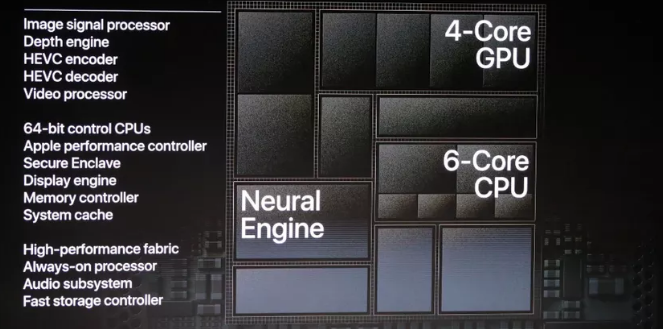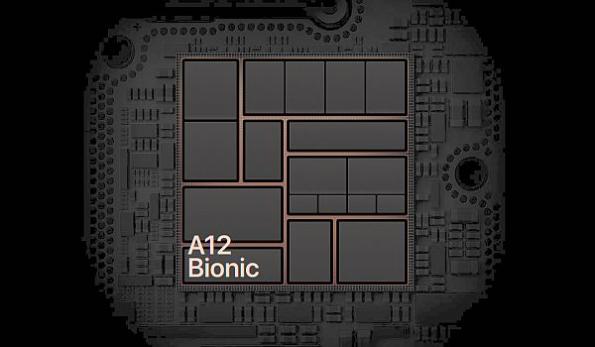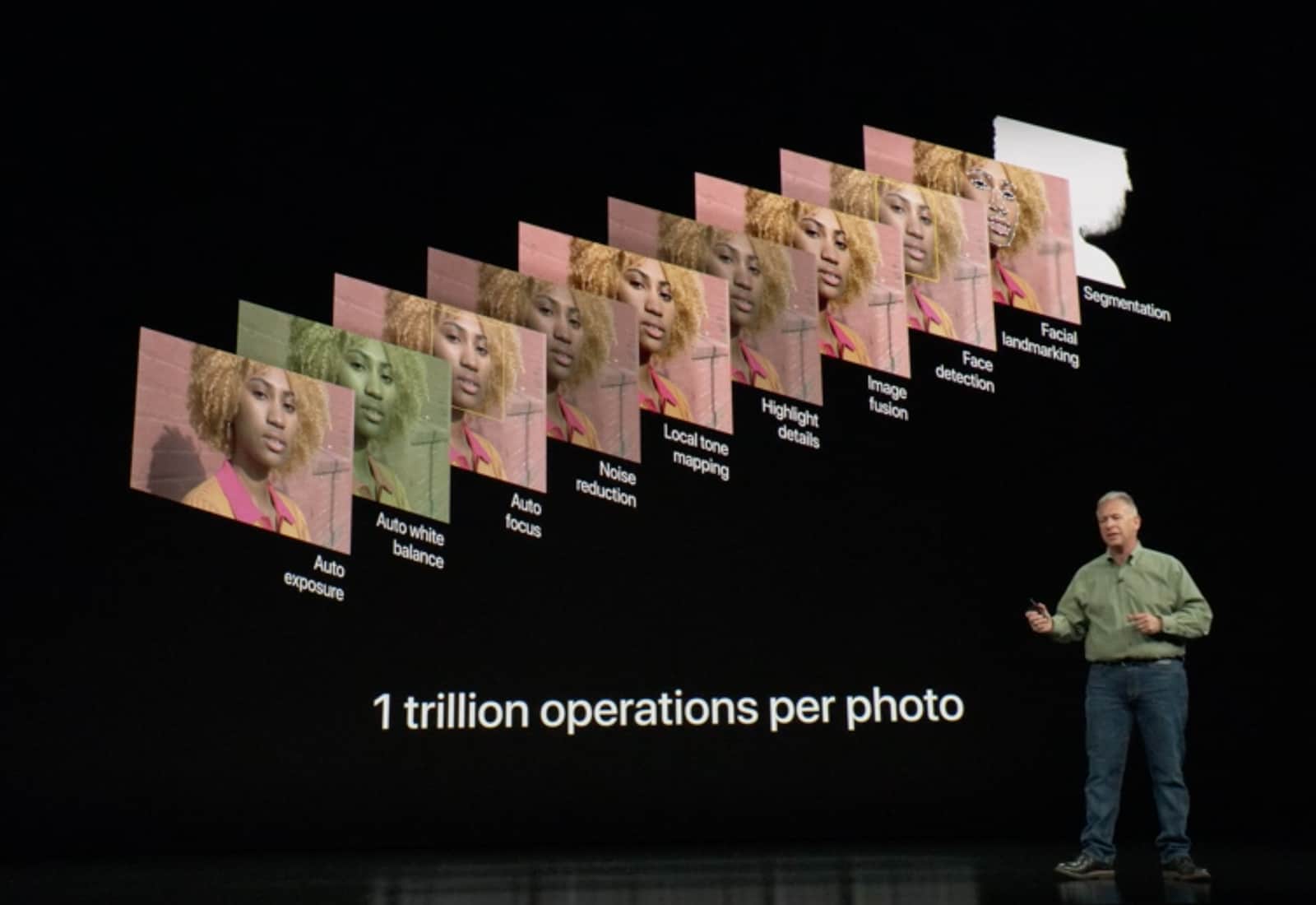Apple's A12 Bionic processor and the race to 7nm architecture
 Friday, September 14, 2018 at 8:57PM
Friday, September 14, 2018 at 8:57PM 
By Gadjo Cardenas Sevilla
Each year as Apple unveils new iPhones, it releases a new Apple A processor which powers the device as well as allows specific features to work. Apple's been buying up chip companies as well as spearheading its own development on SoC's (Systems on a Chip).
The secret weapon of the iPhone (as well as the iPad) is really the complex yet insanely powerful architecture of the A12 Bionic chip, which works seamlessly with iOS to continuously keep iPhones performing above the level of most Android flagships which may have larger processors and more RAM.
The Apple A12 Bionic's spec sheet is impressive. A smaller sized chip contains both processing and graphics channels while setting aside ample space for the Neural Engine which powers A.I. and much of the iPhone's photographic power.

This new A12 chip has a six-core CPU based on Fusion architecture. Bundled in are two high-performance cores and four efficiency cores. These are 15% faster and 40% more efficient than the previous version. More notable are the four efficiency cores now use just half the power previously required. More dramatic is the four-core GPU which is 50% faster and ideal for more demanding games and applications.
Consider the iPhone X's A11 Bionic chip could handle 600 billion operations per second and this year's A12 Bionic can slice through five trillion operations per second. That's a quantum leap in computing bandwidth in just one year's time.
With the A12 Bionic processor coming with the new iPhone XS, iPhone XS MAX and iPhone RX, we are getting the first 7 nanometer processor in the mainstream. Going from 10nm to 7nm is no mean feat and requires huge R&D testing and investment.
Even Intel has struggled mightlily to get 7nm chips in their roadmap, while rival AMD is also chipping away at the process. None of these companies make smartphones, have existing developer APIs and frameworks as well as a legion of developers to help test and refine the processor's performance.
With the A12 Bionic, Apple has secured its performance lead in smartphones and the newest iPhones will easily slice and dice most apps and applications and even have bandwidth to spare for more demanding and graphic intensive games and apps.

Can the Apple A12 Bionic transcend iPhones and iPad Pros and make their way to MacBooks? Personally, I think it is just a matter of time before Apple divests Intel of its role of sole PC chip provider.
Given that Intel's glacial laptop and desktop chip development has held back Apple and other PC manufacturers from releasing always-on devices with stunning battery life and LTE capability. a MacBook that can handle iOS and Mac OS apps, run for days on a single charge and have always-on connectivity can benefit from all the features the A12 Bionic chip. I have to believe something like this is already under testing in Cupertino.




















Reader Comments